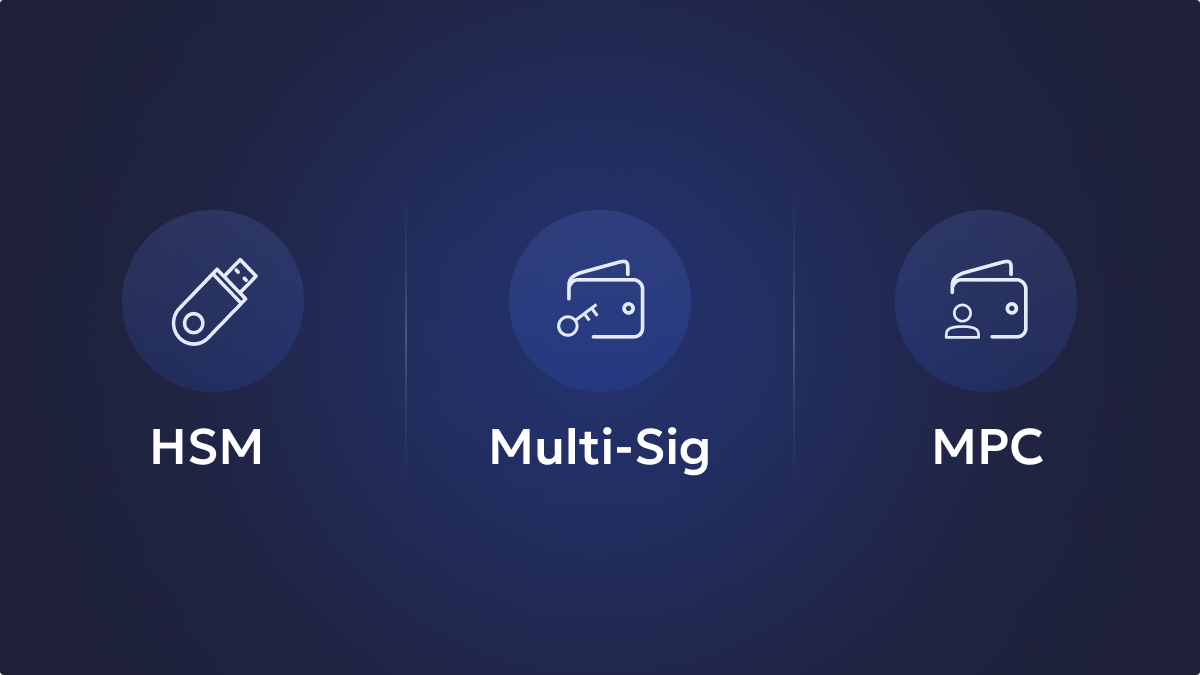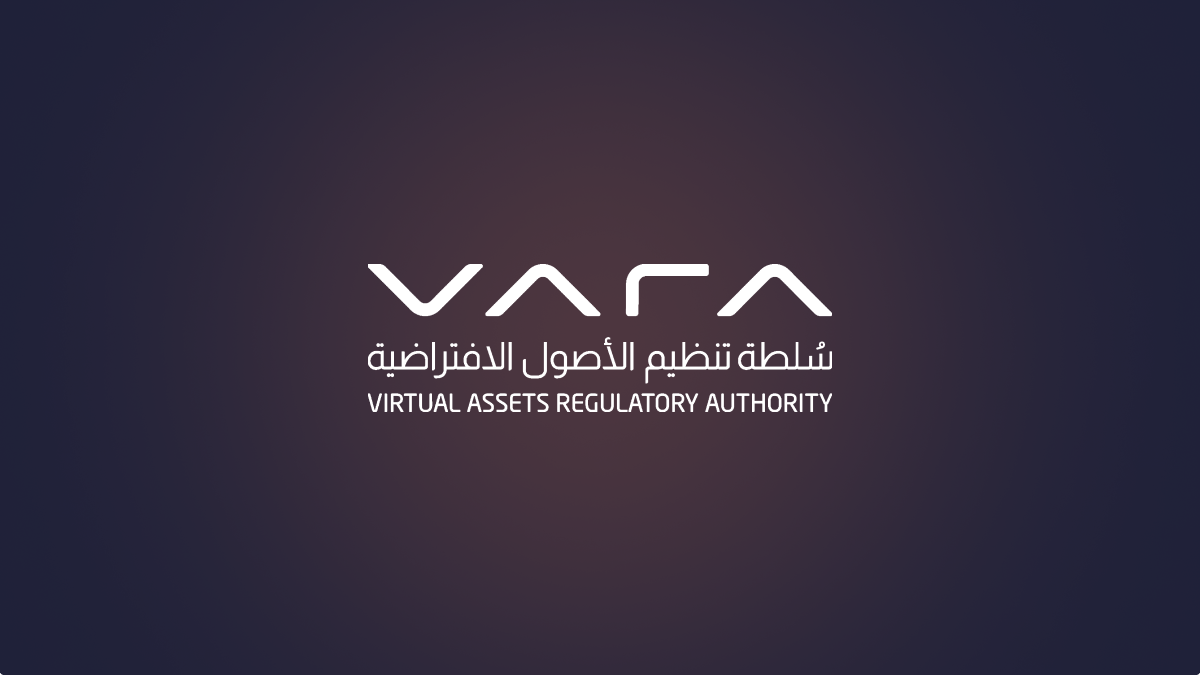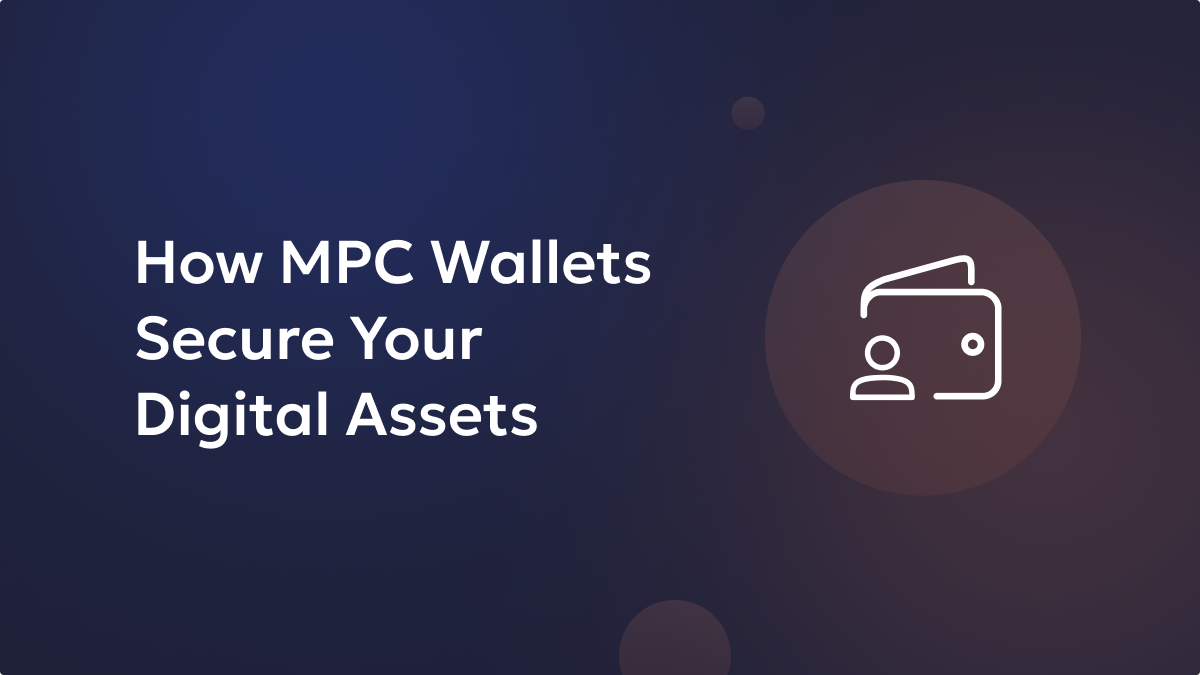With the rise of cutting-edge L1 and L2 scaling solutions, including specialised blockchain protocols, the demand for interoperability is steep. Blockchain bridges are built to fulfil user demand to transfer crypto asset holding across the blockchain ecosystem.
What are Blockchain Bridges?
Blockchain bridges help connect and integrate two different blockchain ecosystems running on similar or varying protocols. Blockchain bridges create seamless interconnection enabling users to transfer data and tokens across blockchains.
The existing blockchain protocols lack interoperability, which is critical for the entire web3 ecosystem to grow further. Lack of interoperability means two different blockchain protocols can’t communicate well with each other independently. This is the key reason why blockchain bridges are implemented and play a critical role in the blockchain ecosystem.
Unlock the potential of digital assets for your institution
How do Blockchain Bridges Function?
There are numerous entities and steps involved in the successful functioning of blockchain bridges. All the entities work in unison to transmit information (from assets, contract calls, proof of states, and others) from the source blockchain to the destination blockchain.
Monitoring:
There are agents constantly keeping track of the source blockchain. These agents are termed the oracle, validators, or relay operators.
Relaying messages across blockchain:
When an event takes place on the blockchain network, instantaneously, the agent initiates relevant information transfer from the very source of the blockchain to the destination blockchain.
Secure and manage your digital assets with Liminal
Consensus:
The agent monitoring the processes in the source blockchain must be in consensus with the destination blockchain in order to transmit information across the chain.
Signing:
At the end, prior to transfer, the respective agents sign the information. Generally, the blockchain bridges employed to transfer assets across Ethereum, Solana, and Polygon blockchains are based on the burn-and-mint protocol. Under the burn-and-mint protocol, the crypto tokens/ coins/ assets are not exactly transferred from one blockchain to another. Rather, the tokens are destroyed (in other words, burned) on the source blockchain and then get created (in other words, minted) on the destination blockchain.
Types of Blockchain Bridges
Generally, there are two main types of blockchain Bridges – trusted and trustless bridges.
Trusted bridges
Usually, in the case of trusted bridges, the operations heavily depend on centralised entities and systems.
Users concerned about the security of the Blockchain Bridges as well as the Custody of the crypto-assets need to make trust assumptions when employing trusted bridges.
The bridge operator’s long-standing reputation is a crucial decision-making factor that most users rely upon while opting for a trusted bridge.
With trusted Blockchain Bridges, the user has less control over their crypto funds. The user might even have to give up control of their crypto holding.
Trustless bridges
On the other hand, trustless blockchain Bridges are autonomous. The trustless blockchain bridge functions using smart contracts and advanced algorithms, including the underlying blockchain protocol.
The trustless Blockchain Bridges offer top-notch security when compared to trusted bridges. In fact, the security of the trustless bridge is the same as that of the underlying blockchain protocol.
Trustless blockchain bridges operating on top smart contracts allow users to have access to their funds. Trustless blockchain enables users to keep Custody of their crypto assets and funds throughout the process.
With trustless bridges, users don’t have arbitrary trust assumptions. In fact, trustless blockchain bridges help minimise the trust factor.
Other types of Blockchain Bridges
Unidirectional Blockchain Bridges
Unidirectional blockchain bridges enable users to transfer assets only to the target blockchain protocol. A unidirectional blockchain is also termed a one-way bridge.
Unidirectional blockchain bridges don’t allow users to transfer assets to their native blockchain. Such type of Blockchain Bridges ensures irreversible asset transfers across blockchain networks.
For instance, wrapped bitcoin tokens enable users to send Bitcoin to Ethereum as an ERC-20 token, but it doesn’t let you transfer the ETH token (Ethereum) back to the bitcoin. You can transfer bitcoin to a polygon blockchain, but the other way around is impossible.
Bidirectional Blockchain Bridges
Bidirectional Blockchain Bridges is also termed two-way bridge. Bidirectional Blockchain Bridges enable users to trade assets freely across blockchain networks.
Bidirectional Blockchain Bridges help ensure the seamless transfer of assets and information between two different protocols.
Bidirectional Blockchain Bridges allow you to transfer assets from the Ethereum blockchain (ETH) to the Solana blockchain (SOL) and Polygon blockchain (MATIC), and likewise, you can send assets from SOL and MATIC (polygon blockchain) to the Ethereum blockchain.
The risk associated with Blockchain Bridges
The risk associated with Smart Contract
The most significant risk associated with smart contracts employed by Blockchain Bridges is a code error. Investors often lose assets and funds due to critical bugs present in the smart contract’s source code. These bugs are often exploited by hackers.
The risk associated with Underlying Technology
Though blockchain technology is un-hackable, there are still other risks that significantly disrupt user operations. Software breakdown, buggy source code, human errors, and cyber-attacks are some of the major risks that can potentially affect user experience across the web3 ecosystem.
Risk of Censorship
While employing trusted Blockchain Bridges to transfer assets, operators can theoretically intervene in a transaction and even restrict users from transferring assets across different blockchain protocols. Censorship is among the most significant risks posed to the entire crypto ecosystem, including some of the pioneering Ethereum, Solana, and Polygon blockchains.
The risk associated with Custody
Users employing custodial blockchain bridges usually have to give up control of their holdings to the operator. Such custodial blockchain bridges are often at risk of getting compromised by malicious actors. Custodial Blockchain bridge operator enabling users to transfer assets across Ethereum, Solana, and Polygon blockchain can collude to seal the investor’s funds as well.






